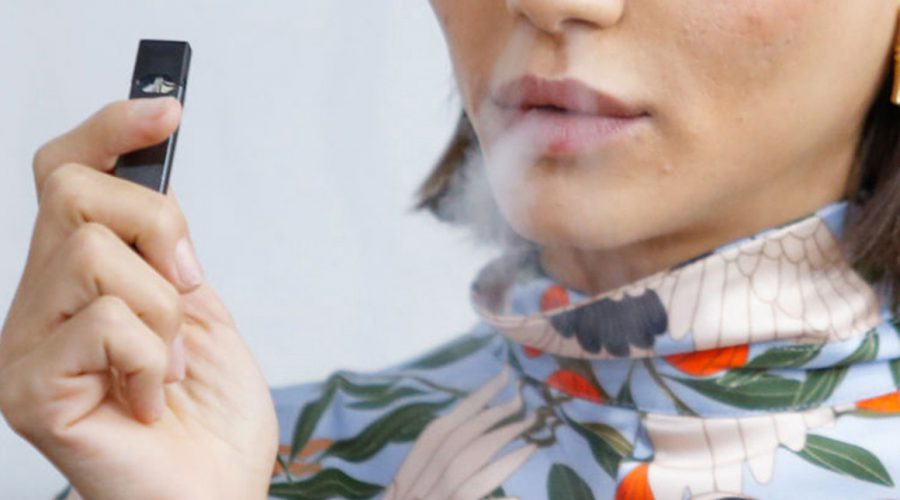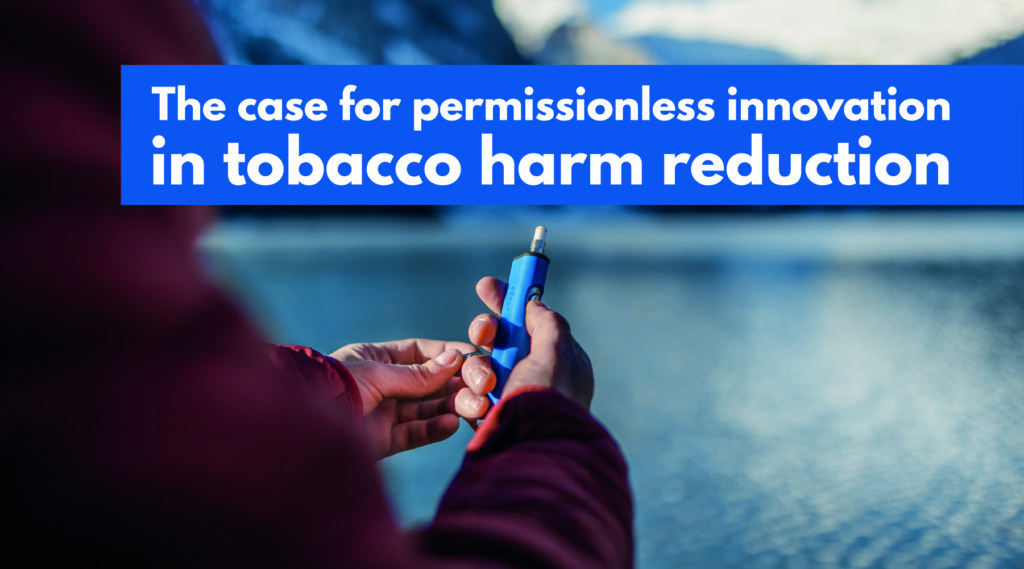Vape industry urges govt to implement long-delayed vape regulations
Instead of banning vape products wholesale, vape industry players are urging the government to implement long-delayed regulations for the industry.
The Malaysia Retail Electronic Cigarette Association (MRECA) president Datuk Adzwan Ab Manas, in a statement issued recently, said a taxation framework for vape liquids with nicotine was supposed to be implemented from January 1 this year but has been delayed four months because the Ministry of Health (MoH) still has not implemented regulations for the industry.
Ironically, this delay has not only left the industry in limbo but has resulted in the government listing more than RM750 million a year in tax revenue.
This breaks down to the government losing approximately RM62 million every month from the failure to collect taxes.
Read the full article here











